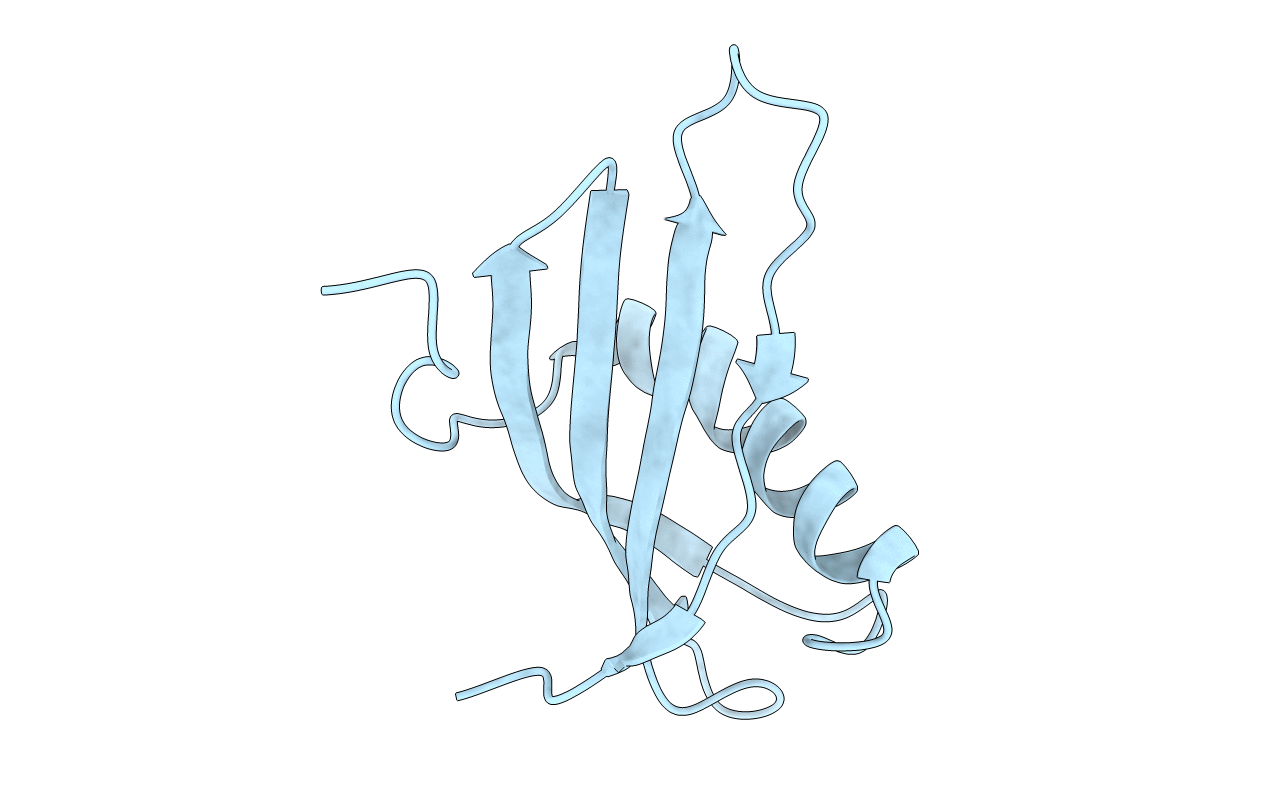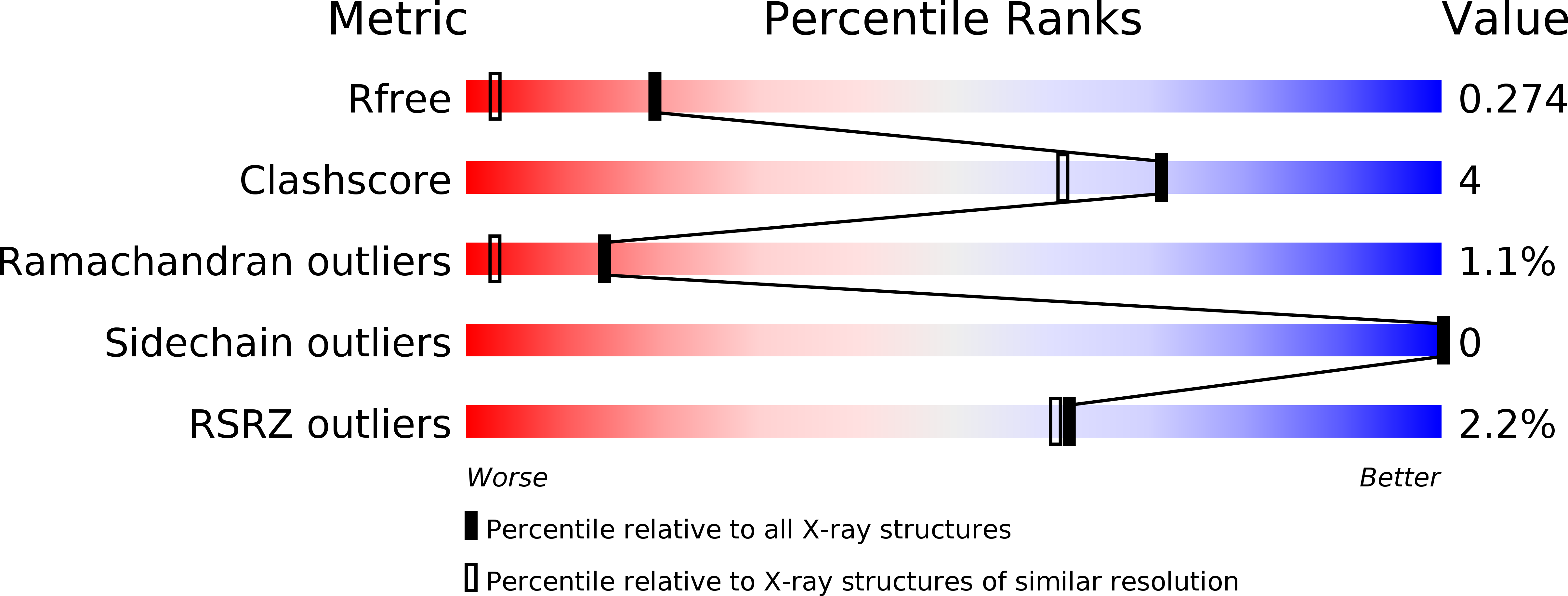
Deposition Date
2018-10-29
Release Date
2020-08-26
Last Version Date
2024-11-20
Method Details:
Experimental Method:
Resolution:
1.60 Å
R-Value Free:
0.26
R-Value Work:
0.21
R-Value Observed:
0.21
Space Group:
C 2 2 21


